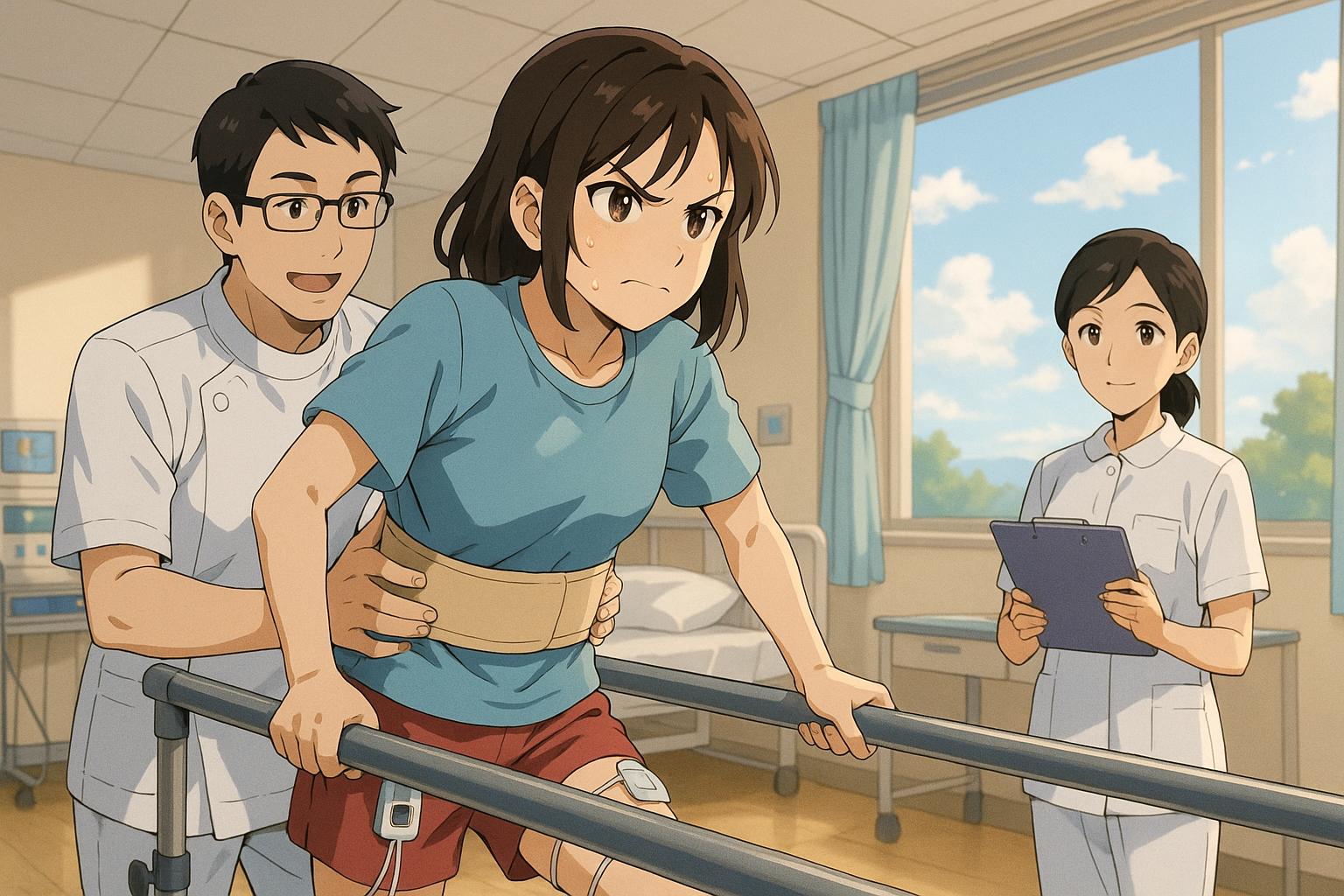A London teacher's harrowing journey for medical treatment highlights pressing concerns about the NHS and the emerging trend of travelling abroad for healthcare. Anna Chithrakala, a 45-year-old English teacher and palliative carer, was left unable to walk or speak after a sudden brain haemorrhage. Following a difficult experience within the NHS, her family undertook a 1,100-mile drive to Hungary to access what they describe as superior rehabilitation services.
Anna collapsed during a walk with a friend and her care patient in December 2022. After emergency treatment, she underwent major surgery that left her in a critical state. Following her discharge to University Hospital Lewisham, where she alleges she faced inadequate care and distressing ward conditions, her family sought alternatives. Anna's mother, Piroska Markus, felt compelled to act, eventually discovering a promising rehabilitation programme in Hungary.
This decision is underpinned by a growing trend where Britons are exploring medical options beyond their borders, particularly when faced with long wait times and dissatisfaction with NHS services. The NHS, grappling with funding shortages and staffing issues, often has patients waiting months for specialist treatments. Consequently, private healthcare options can become prohibitively expensive, pushing families towards overseas alternatives that offer competitive pricing.
In Hungary, Anna is enrolled in an intensive rehabilitation programme at the National Medical Rehabilitation Centre Budakeszi. Here, she receives a breadth of therapies—including physiotherapy, speech and language therapy, and counselling—at a cost far lower than similar private options in the UK. The cost of £500 per week is a fraction of what UK private providers typically charge, which can exceed £5,000 for comprehensive rehabilitation.
While the allure of international treatment can be compelling, it’s essential for patients to consider the potential risks involved. The NHS guides prospective medical travellers to conduct thorough research and consult their GP before embarking on such journeys. They also emphasise the importance of understanding the healthcare system in the destination country and ensuring appropriate insurance coverage. These precautions can mitigate the risks of complications or inadequate post-treatment support.
The experience shared by Anna and her family reflects growing dissatisfaction with NHS services, where patients like Anna have reported feelings of neglect. The negative conditions she faced at Lewisham—characterised by staff attitudes and inadequate facilities—are viewed critically, generating debate about the state of NHS patient care. A spokesperson for Lewisham and Greenwich NHS Trust expressed concern over Anna’s experience, urging them to contact the hospital for a formal investigation.
For Anna, her time in Hungary has been transformative. She spoke positively about the atmosphere in the rehabilitation hospital, expressing gratitude for the supportive and motivated environment. “I love it here,” she stated, highlighting that the focus is on active participation in recovery rather than pessimism—which she felt characterised her experience in the UK.
With her family's funds running low, they have turned to crowdfunding, demonstrating the financial burden associated with pursuing care abroad. Anna’s case invites broader discussions around the sustainability of the NHS and the potential for systemic reforms to mitigate the need for patients to seek healthcare options beyond the UK.
As the debate continues over the effectiveness and accessibility of domestic healthcare, Anna Chithrakala's story stands as a poignant reminder of the need for reform and the potential benefits of international medical travel. The healthcare landscape is rapidly evolving, and with it, patients may increasingly find that the best care may sometimes lie beyond their borders.
Reference Map
- Paragraph 1: [1]
- Paragraph 2: [1]
- Paragraph 3: [2], [4], [6]
- Paragraph 4: [1], [3], [5]
- Paragraph 5: [4], [7]
- Paragraph 6: [1]
- Paragraph 7: [1]
- Paragraph 8: [1]
Source: Noah Wire Services
